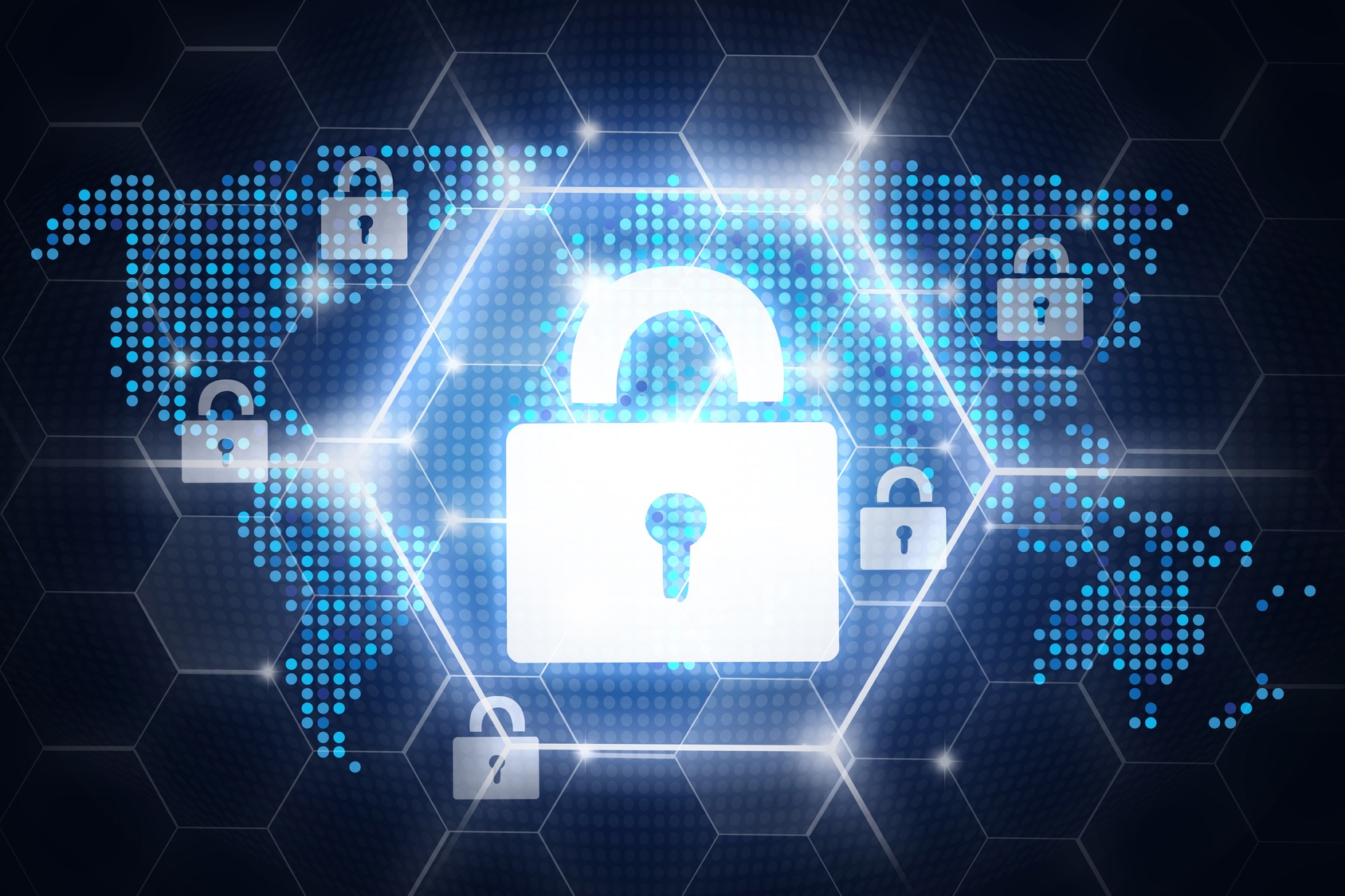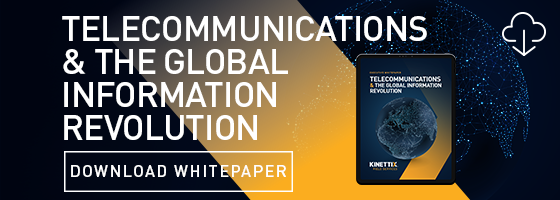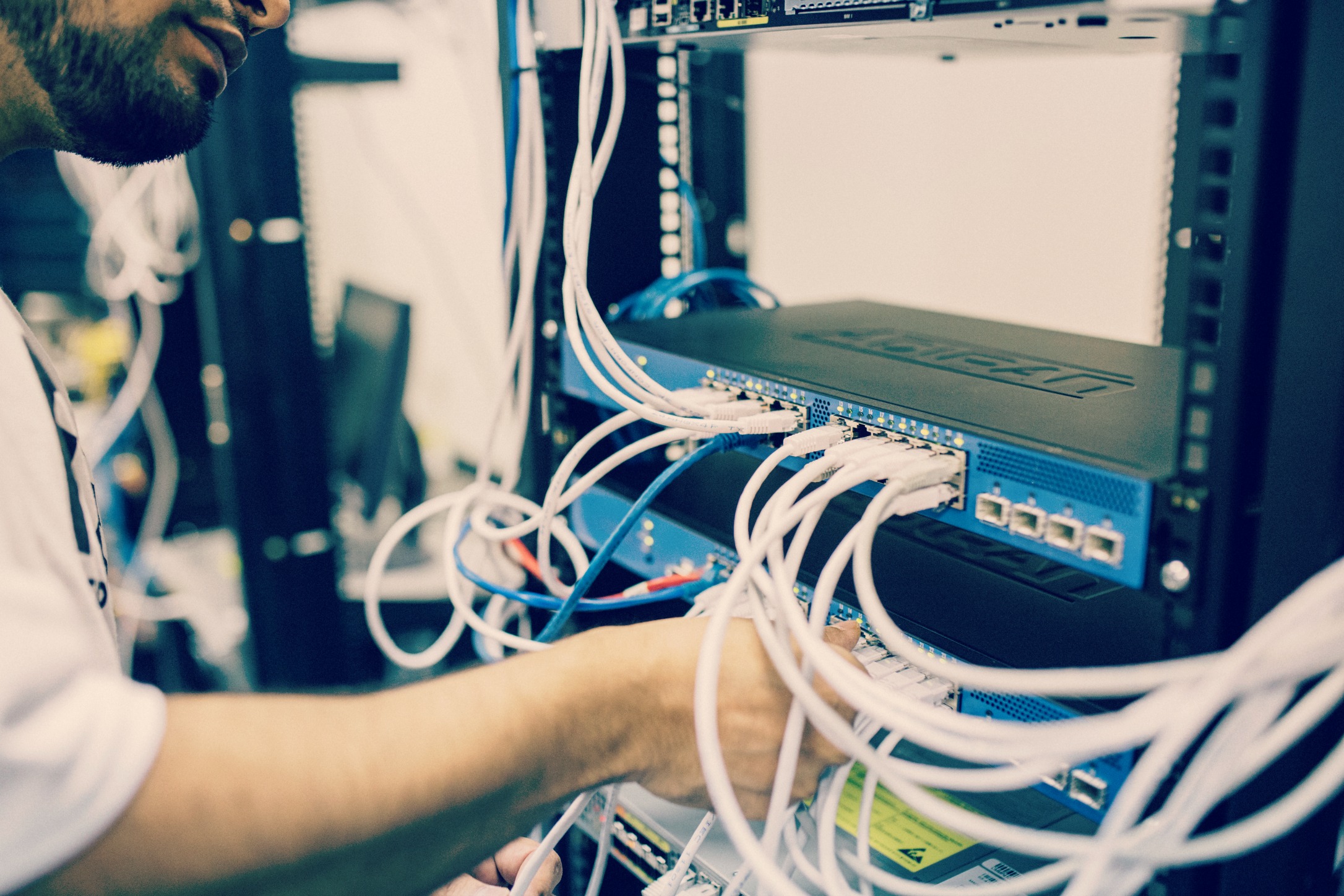Just days before the Presidential inauguration in 2017, hundreds of police computers and traffic cameras in the Metropolitan D.C. bureau came under attack. The little-reported news story received the highest attention at the highest levels of law enforcement because the commandeering of cameras along the Presidential motorcade route impacted national security. Almost a year later, two Romanian hackers were arrested.
Ransomware attacks can occur anywhere. Recently, for instance, the main server and a computer of the Mercantile Cooperative bank in Thiruvananthapuram, India was attacked by “ransomware” that authorities suspected to have originated from outside the country. The bank was able to circumvent the attack by recovering data from redundancy.
So from the highest levels of government in the United States to a small bank in a small city in India, ransomware is real. And the threat is spreading; no longer are the attackers just targeting banks and the government. Your pacemaker is now under the proverbial cyber-gun.
"There was a huge switch this year in the threat world,” Mac McMillan, CEO and co-founder of privacy and cybersecurity consulting firm Cynergistek, told Modernhealthcare.com. "Now, threat actors have decided it's OK to disrupt a hospital and affect patient care so they can extort money. That's a big deal. It basically points to the concept that they will risk patient safety to commit a crime."
From someone’s dialysis machine to the healthcare informational ecosystem that relies on disbursing your benefits, all the gears of medical machinery are now vulnerable. But in this vulnerability lies an opportunity for traditional telecommunications companies. What do telecommunications companies need to know about security in 2018?
The Arms Race
McAfee predicts a machine learning-driven “arms race” with develop between attackers and defenders as each one threatens to one-up the other. You can think of the “arms race” as analogous as to the old cat-and-mouse game between manufacturers of police radar detectors and the police. Each side was always trying to jockey for advantage, and that game is still evolving today. The cat-and-mouse game between ransomware peddlers, hackers, geopolitical bad actors, and the security forces guarding the integrity of the internet have implications far greater than a speeding ticket.
The arms race will occur online and between governments who will increasingly deploy “online armies” to guard their installations in ways not too much different than detachments defend oil installations or airports.
Information Sharing and Analysis Organizations (ISAO’s), as established by a White House executive order in 2015, will play a greater role as protectors of the security chain. And if your company operates globally, seamless integration of security measures into your overall plan is essential. Other security developments that traditional telecoms need to be monitoring in 2018:
Blockchain: This is a growing ecosystem within an ecosystem, and there will be numerous opportunities for innovators to jump aboard and streamline the system. Deloitte refers to Blockchain as “currently one of the most widely-discussed and hyped technologies. There are not many industries that shouldn’t be either excited or worried about its potential, with use cases, proofs-of-concept, and full-fledged businesses based on blockchain technology emerging at an increasing pace.” The decentralization of information through blockchain technology will help mitigate risk throughout the informational infrastructure. Businesses are emerging just to service the blockchain, and this also presents opportunities for traditional telecoms to enter the market.
Customized Security Solutions: Gone are the days when your mother’s maiden name sufficed as a firewall against those meaning malintent. One-size solutions become increasingly obsolete. Each company, organization, or entity is different and requires custom-made solutions to issues of security. The security needs of a national bank are different than what a local motel may require, the security needs are not more or less important, just different, and there will be plenty of opportunities for innovators to develop security solutions tailored to an individual entity.
Internet of Things: Your home devices could be turned against you in many different ways, from being coopted by outsiders to listen in to what is happening in your home to harvesting information about your habits which would then be sold to marketers. The Internet of Things will provide a broad area to attack.
Ransomware: The threat is evolving, and the ability of to hold a corporation hostage is increasing. When the choice is to have your business ground to a halt or to pay, paying up can sometimes seem like the only solution.
With all of these new technologies and threats, it’s even more important to have an experienced partner like Kinettix in place to find skilled techs for your telecommunications rollouts and manage and coordinate your projects. Don’t plan your next rollout without one.






